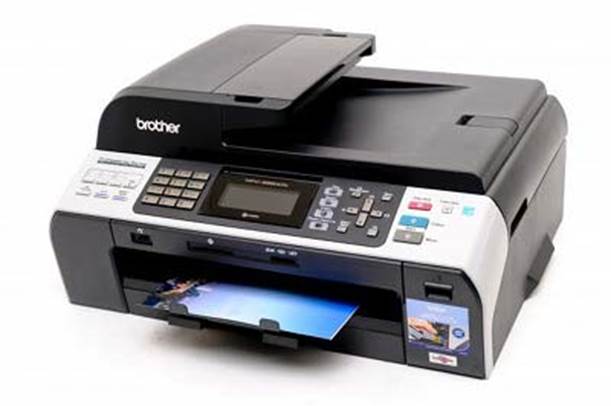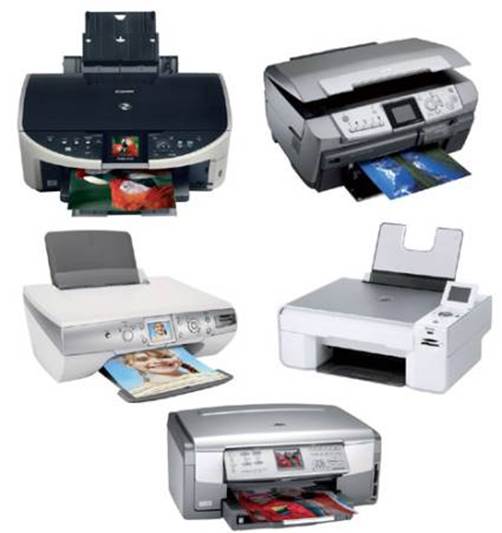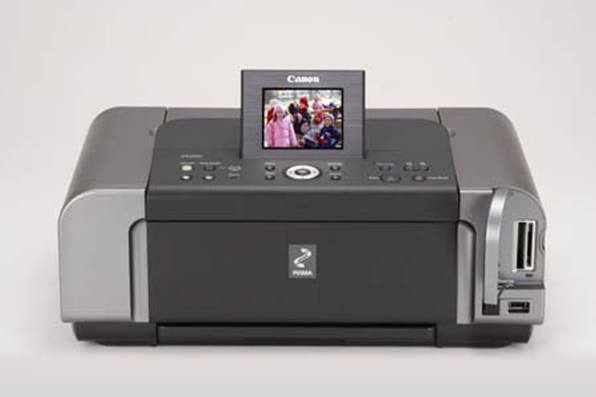For many small
businesses, the printer is a vital cog in the machine; when it goes down,
productivity suffers and some important work effectively stops. But before you
call in a professional, try to fix the problem yourself. You can do it by
following these simple troubleshooting tips.

For many small
businesses, the printer is a vital cog in the machine; when it goes down,
productivity suffers and some important work effectively stops.
When in doubt, check the LCD
Most printers feature some sort of LCD
display that reports that status of ink cartridges, toner, and most
importantly, any error messages you should be aware of. It’s a good idea to
periodically glance at the display, but make it your first stop if you run into
problems. Often you’ll find errors and messages displayed here that give you
specific instruction for how to solve the issue. Some common LCD messages
include “drum error” (remove and replace the drum), “jam” (paper jam), and the
self-explanatory “low ink” or “low toner.”
Printer fails to print
If the printer stops printing, start by
making sure the unit has power and is turned on. Allow enough time to pass to
account for the warm up period (if your printer requires one). If the printer
is new, make sure any packing material, tape, and protective plastic has been
removed from the unit. Check that the drum, toner cartridge, or ink cartridges
are in their proper places and the compartments that provide access to the
inner part of the printer are closed. Make sure there’s plenty of printer paper
in the tray(s).

If
the printer is connected via USB or Ethernet, make sure the cable spanning the
two devices is securely connected
If the printer is connected via USB or
Ethernet, make sure the cable spanning the two devices is securely connected.
If the printer is connected wirelessly, make sure it can detect the wireless
network and that the printer and PCs on the network can communicate.
If your printer supports it, it might help
to try an alternate connection method. For instance, connect a Wi- Fi-connected
printer to your PC using a USB cable instead, and then retry the print
operation.
Prevention
The best way to avoid problems is to
perform some regular maintenance on your printer. Every time you replace the
toner or ink, take a moment to inspect the unit, remove the paper trays, and
wipe it down with a clean, dry cloth. Don’t regularly exceed the recommended
duty cycle for your printer. Replace the ink and toner cartridges exactly as
described in the printer’s manual and only use the ink, toner, and paper
recommended for your device.

The
best way to avoid problems is to perform some regular maintenance on your
printer.
Fix-it checklist
It’s helpful to have a few things on hand
when your printer goes on the fritz. Here’s a short checklist that’ll help you
solve the problem.
·
Printer’s user manual
·
USB cable
·
Working Wi-Fi connection
·
PC with an active Internet connection
·
Driver disc that came with your printer
·
Replacement ink or toner cartridge(s)
·
Paper for printing test pages